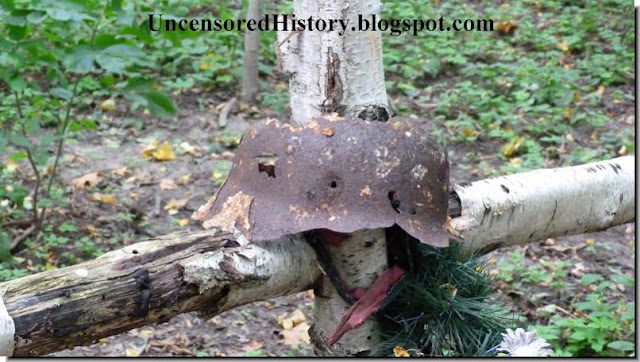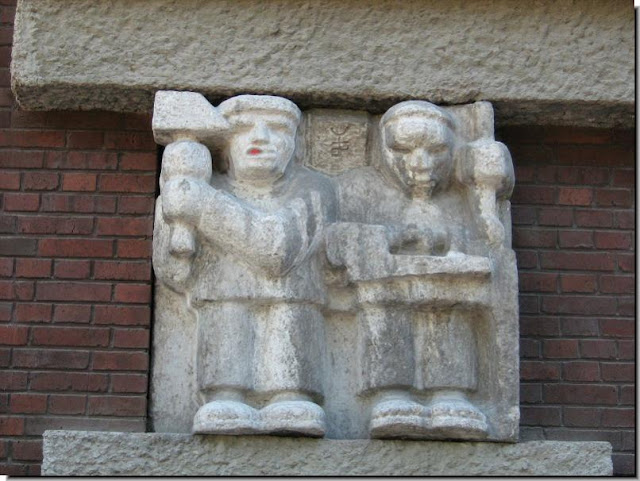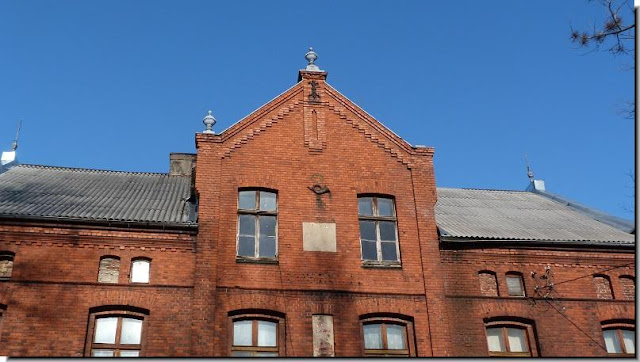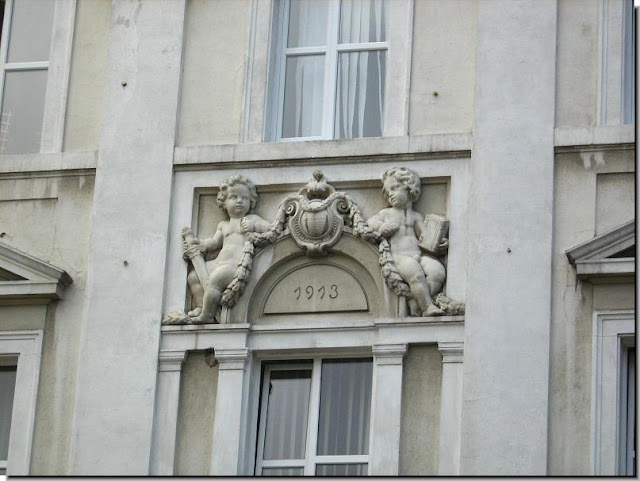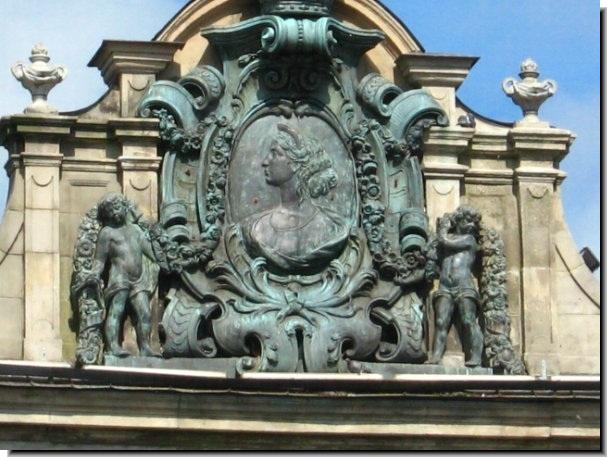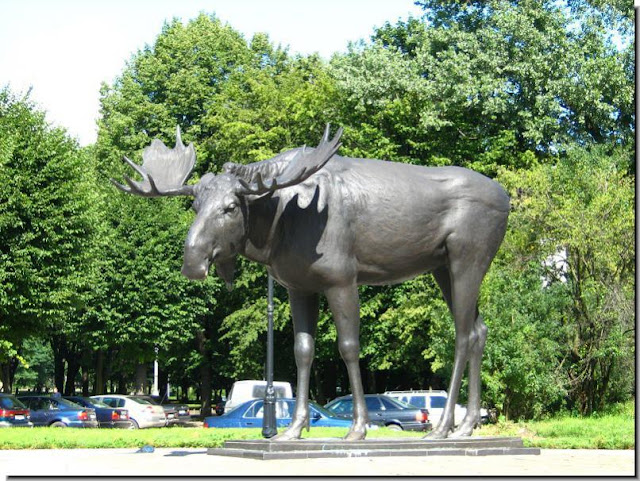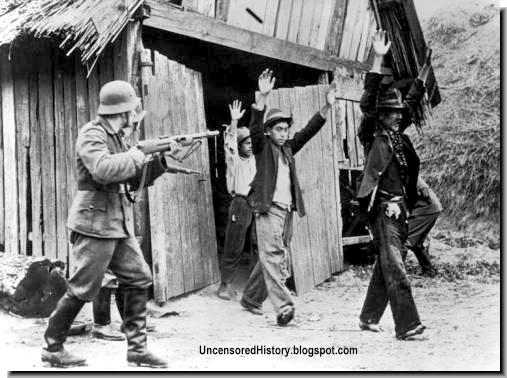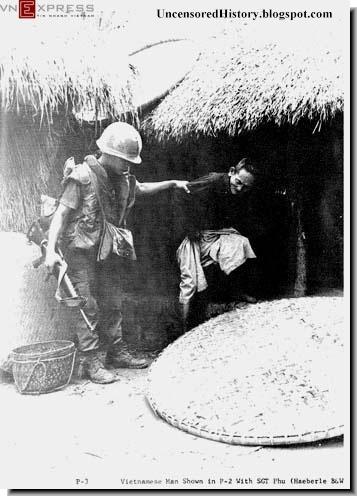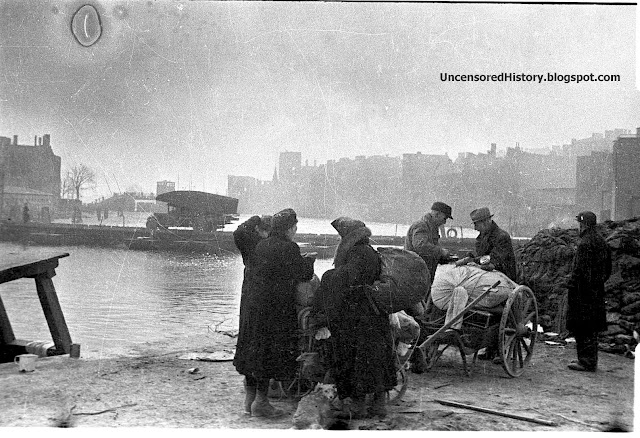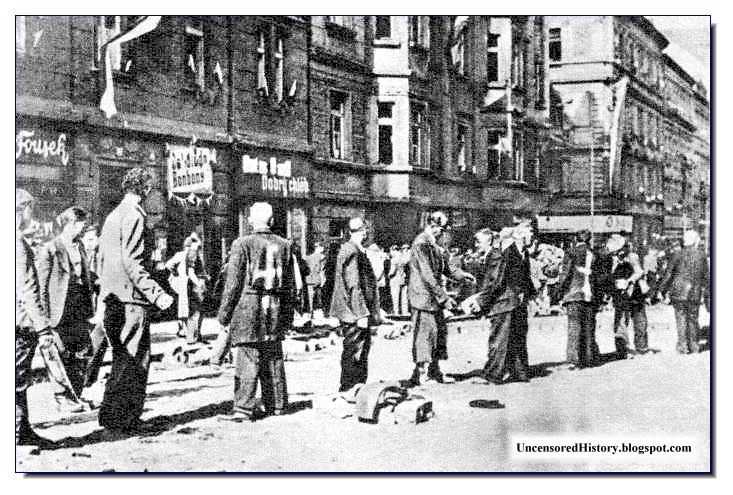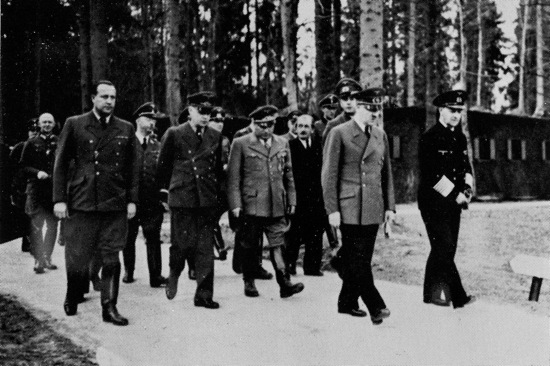East Prussia had been German for centuries. All that changed in 1945 when the victorious Russians merged it into Russia and called it Kaliningrad. 1945 was a horrific year for Germans of East Prussia. The brutal battle and subsequent loot, pillage and rape scars the German psyche even today. Most Germans were expelled from there, other fled. Those who remained starved to death.
East Prussia's history is written in blood.
Today it is Russian. Kaliningrad. But traces of the German past remains even today. See the images below.....
WHAT EAST PRUSSIA MEANT TO GERMANY
East Prussia had always been a bastion, a far-flung realm of Germandom, ever since its foundation on distant shores of the Baltic (the Ostsee, or eastern sea, as Germans call it) by the Teutonic Knights seven centuries earlier . Its name of “Prussia,” originally derived from an indigenous tribe, was then descriptive of terrain standing under the Polish crown. The word came by stages to be applied loosely to the whole Germanic kingdom of the Hohenzollern dynasty, as promulgated by a first coronation—of Frederick I—in Königsberg, Prussia’s chief city, in 1701.
For all its later extension to the Rhineland and much of middle Germany, the old heartlands of Prussia in the East continued to furnish the country’s stereotypes. Noble landowners (“Junkers”) and great estates supplied a vital part of its ethos—and liability; so did a Lutheran church much given to pietistic forms of devotion. Such values were sustained into the twentieth century by tariff concessions for landowners and subsidies for Protestant organizations.
Historic Prussia also embodied, psychologically and culturally, German claims to dominance. For what Nazi ideologues came to prize as “blood and soil,” Blut und Boden, the organic linkage of race with territory, East Prussia was crucial, even if plenty of Germans also shared Frederick the Great’s view of a remote and primitive province more suited to bears than humans.
VIDEO: EAST PRUSSIA 1945 PART 1
VIDEO: WHAT HAPPENED IN EAST PRUSSIA IN 1945: PART 2
Epilogue
Although the 1945–1949 expulsion of Germans from the northern part of former East Prussia was often conducted in a violent and aggressive way by Soviet officials, the present Russian inhabitants of the Kaliningrad Oblast have much less animosity towards Germans. German names have been revived in commercial Russian trade and there is sometimes talk of reverting Kaliningrad's name to its historic name of Königsberg. The city centre of Kaliningrad was completely rebuilt, as British bombs in 1944 and the Soviet siege in 1945 had left it in nothing but ruins.
 |
| Map of East Prussia showing the old German names of towns and the new names given by the conquerors |
Related.....
Hell On Earth: East Prussia In 1945
Suggested Reading
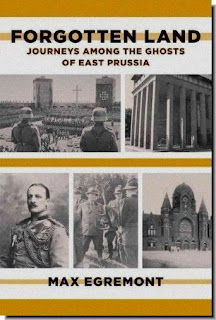
Until the end of World War II, East Prussia was the German empire’s farthest eastern redoubt, a thriving and beautiful land on the southeastern coast of the Baltic Sea. Now it lives only in history and in myth. Since 1945, the territory has been divided between Poland and Russia, stretching from the border between Russia and Lithuania in the east and south, and through Poland in the west. In Forgotten Land, Max Egremont offers a vivid account of this region and its people through the stories of individuals who were intimately involved in and transformed by its tumultuous history, as well as accounts of his own travels and interviews he conducted along the way.
Forgotten Land is a story of historical identity and character, told through intimate portraits of people and places. It is a unique examination of the layers of history, of the changing perceptions and myths of homeland, of virtue and of wickedness, and of how a place can still overwhelm those who left it years before.

